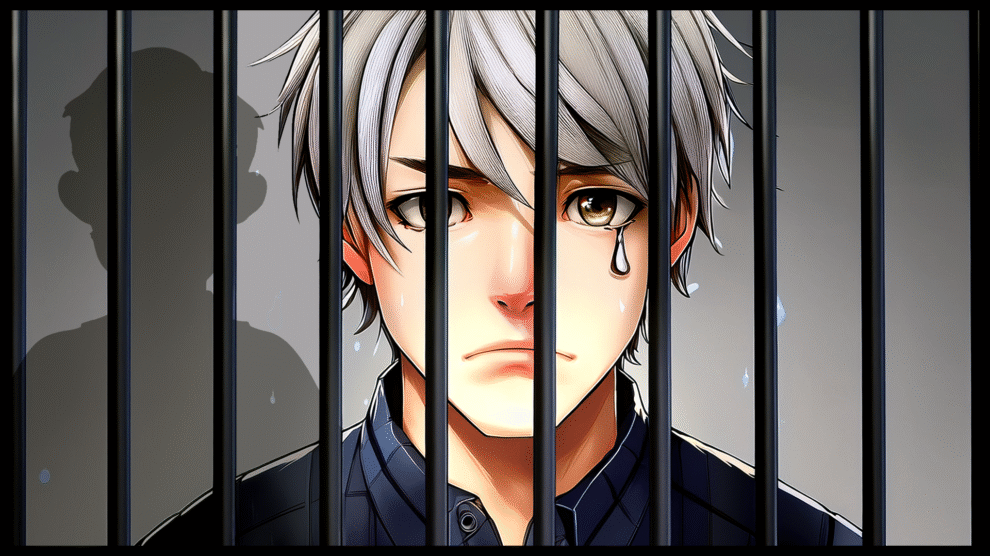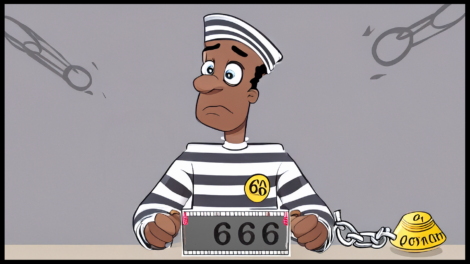The UK National Lottery Fake Ticket Fraud 2009 Exposed Lottery Security System Vulnerabilities
In 2009, the UK National Lottery encountered a shocking fraud that exposed significant vulnerabilities in its security system. Working alongside Camelot insider Giles Knibbs, Edward Putman orchestrated an audacious scheme to claim a £2.5 million unclaimed jackpot using a forged ticket. This carefully planned deception not only successfully fooled lottery officials but also led to a tragic death, a criminal conviction, and sweeping changes across the lottery industry.
Planning the Fraud
Giles Knibbs occupied a crucial position in Camelot’s securities department, where he maintained access to sensitive information about unclaimed lottery prizes. During a routine review of records, Knibbs discovered an unclaimed £2.5 million jackpot approaching its 180-day claim deadline. Recognizing a golden opportunity, he approached Edward Putman, and together they devised an intricate plan to create a counterfeit ticket and claim the substantial prize money.
Their strategy centered on a calculated approach to exploit the system’s verification process. They deliberately damaged their forged ticket, knowing that damaged tickets triggered a special verification protocol they could potentially manipulate. Working meticulously, Putman and Knibbs produced multiple forged tickets with different unique codes. Subsequently, they systematically tested these tickets at various retail locations across the region. Through this methodical process, they aimed to identify a ticket that would register as the winning combination in the system. After several careful attempts, their persistence paid off when one of their forged tickets successfully matched the winning numbers.
With their fraudulent winning ticket in hand, Putman strategically submitted the claim to Camelot just days before the deadline expired. The intentionally weathered and damaged appearance of the ticket prompted officials to follow standard procedure and verify its unique code against their secure database. Thanks to Knibbs’ insider knowledge of the security systems, their forged code successfully passed all verification checks. Consequently, Camelot processed and approved the claim, enabling Putman to collect the massive £2.5 million prize.
Uncovering the Deception
Initially, their elaborate scheme appeared to work flawlessly. However, the partnership soon began to unravel as tensions emerged between the two conspirators. Knibbs became increasingly distressed, convinced that Putman had failed to honor their agreement regarding the distribution of the winnings. In his growing frustration and anger, he eventually confided in several close friends, revealing detailed information about how they had manufactured the fake ticket and successfully deceived Camelot’s verification systems.
The situation took a devastating turn when, following an intense confrontation with Putman over the disputed money, Knibbs made the tragic decision to end his life. While his death deeply shocked his family and friends, the revelations he had shared before his passing remained. Concerned by the gravity of the information they possessed, his friends ultimately decided to contact law enforcement, which prompted authorities to launch a comprehensive investigation into the suspicious jackpot claim.
As the investigation progressed, forensic specialists conducted thorough examinations of Putman’s winning ticket. Their detailed analysis conclusively proved what Knibbs’ friends had alleged—the ticket was indeed a sophisticated counterfeit. As compelling evidence continued to accumulate, law enforcement arrested Putman in 2019. Following a trial, the court found him guilty of fraud by false representation and handed down a nine-year prison sentence.
Impact and Reforms
The 2009 lottery fake ticket fraud delivered a severe blow to the UK National Lottery’s reputation and operations. The incident exposed critical weaknesses in their ticket verification procedures, particularly highlighting how an insider with access to sensitive information like Knibbs could potentially compromise the entire system. This realization profoundly impacted the organization and prompted immediate action.
In response, Camelot swiftly implemented comprehensive reforms. They significantly strengthened their protocols for validating high-value claims, particularly focusing on damaged tickets that had previously exposed system vulnerabilities. The organization thoroughly revamped its internal security measures, implementing multiple verification layers to prevent future insider exploitation. Additionally, Camelot established a dedicated fraud investigation unit and developed new protocols for handling suspicious claims, ensuring more rigorous scrutiny of all major prize submissions.
The tragic death of Giles Knibbs cast a dark shadow over the entire affair. His suicide highlighted the devastating psychological impact that criminal activities can inflict on those involved. The case served as a sobering reminder of how fraudulent schemes often spiral beyond their perpetrators’ control, leaving lasting scars on families, organizations, and communities.
The Lasting Legacy
The 2009 UK National Lottery fake ticket fraud stands as a compelling testament to human ingenuity twisted toward deception. While Edward Putman’s conviction brought legal closure, Giles Knibbs‘ untimely death added a profound layer of tragedy to the narrative. In its aftermath, the lottery industry worldwide embraced stricter security protocols and enhanced verification systems. Camelot’s experience prompted other lottery organizations to reevaluate their own vulnerabilities and strengthen their defenses against potential fraud. Today, this watershed case continues to influence lottery security practices globally, serving as a powerful reminder that even well-established systems must maintain constant vigilance against evolving threats.
If you found this story fascinating and like lottery scandal stories, be sure to visit Goated Lotto Secrets section: Law and Scandals where you will find more stories just like this!









